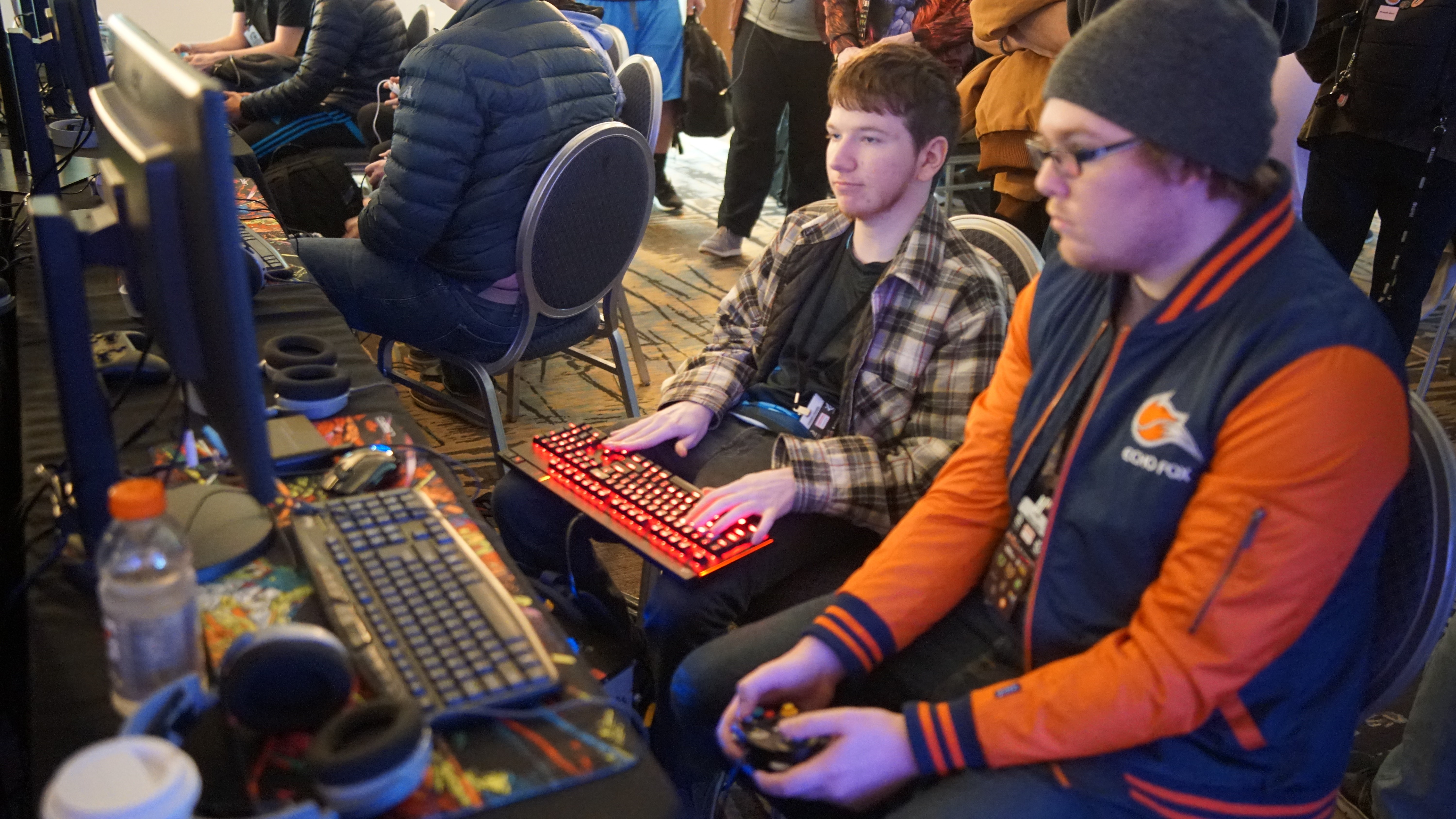Esports and the Future of Fandom

You've probably heard about esports but might not be totally sure what it is. Simply put, it's gamers playing video games live, competitively, and with an audience. It sounds like it might be geeky and niche, but that perception is no longer true. Esports is a rapidly growing genre within sports and gaming and is forecast to be a $1.5 billion industry by 2020. It's even taking over audiences and share from traditional sports; by 2021, esports is slated to be second in popularity to the NFL, ahead of Major League Baseball and the NBA.
Why All the Buzz About Esports?
The esports ecosystem is far more complex than you might imagine. There are organized gaming competitions that take place live in sporting arenas, including Barclay's Center in Brooklyn and TD Garden in Boston. Professional players train to play games that are organized in leagues. Tournaments have considerable cash prizes; for example, the League of Legends 2018 world championship prize pool was $14 million — more than Tiger Woods won at the masters in 2019.
The games span a variety of types, from League of Legends, a multiplayer online battle arena (or MOBA) game, to first-person shooters, such as Counter-Strike and Overwatch, to battle royale games, such as Fortnite and PlayerUnknown's Battlegrounds, to games that mimic traditional sports, such as Rocket League and Madden.
It's important to note that esports is different from gaming. Although both grew up from the same medium, esports is a sport: There are competitions played for spectators, professional teams, and prizes, and players train and work at developing new techniques and strategies to win. Gaming is about fun and entertainment and ranges from playing simple games on mobile phones to groups and individuals playing on a console or PC. It also includes gamers who stream live on platforms, such as Twitch, but their goal is one of creating content for an audience that enjoys watching, not winning, in a formalized setting.
The buzz around esports is considerable; well-known figures from traditional sports, such as Shaquille O'Neal and Magic Johnson, have invested in esports teams, and singer Drake has acquired a stake in esports organization 100 Thieves. There are even whispers that 2024 Olympic officials are "deep in talks" to include esports as a demonstration sport.
Most recently, esports' most famous player, Tyler Blevins, who is known by his player name, Ninja, announced that he would be leaving Amazon's Twitch platform for the Microsoft platform Mixer. This created headlines in publications, such as The New York Times, The Washington Post, CNN,and Forbes, as the move is seen as hugely important to Microsoft's business and brand. Blevins' presence on the platform will guarantee a shift in audience, as well as transform how players are compensated in the industry.
The audience for esports is more diverse and wide-ranging that you might expect — and they're primarily the young, hard-to-reach group that advertisers want to engage. There are 40 million esports fans in the United States: 55 percent of those are ages 16 to 35, and 62 percent are male. They're playing, watching others play, and attending live events, although 23 percent are only watching and don't play themselves. Esports fans tend to be savvy and hard-to-reach with traditional advertising, as 68 percent use an adblocker and less than 40 percent watch TV on a weekly basis. They're also an involved, passionate group: more than 60 percent of Twitch fans, for example, engage with gaming personalities on a daily basis.
Why Should Brands Be Thinking About Esports?
For brands, there are many opportunities for those willing to get in the game. As with any other partnership, esports should be one component of a larger brand strategy and must have a genuine, authentic fit. The message and consumer takeaway must be consistent across all esports channels and should ladder up to and support the overarching brand story. Opportunities exist across a wide spectrum, from low-cost, short-term investments (e.g., ad placements across esports sites, networks, and platforms) to high-cost, long-term investments (e.g., creating in-game exclusive content, sponsoring leagues and/or teams), to developing custom games.
Whatever the opportunity a brand may decide to leverage, it's important that it has a clear brand role, adds value to the experience, is authentic to gamers and the community, and is social, buzz-worthy, and unique. Brands that can get this balance right will unlock a new audience, have added cultural relevance, and stay on the cutting edge of sports fandom.
Click the social buttons to share this story with your friends and colleagues.
The opinions and points of view expressed in this content are exclusively the views of the author and/or subject(s) and do not necessarily represent the views of MediaVillage.com/MyersBizNet, Inc. management or associated writers.


